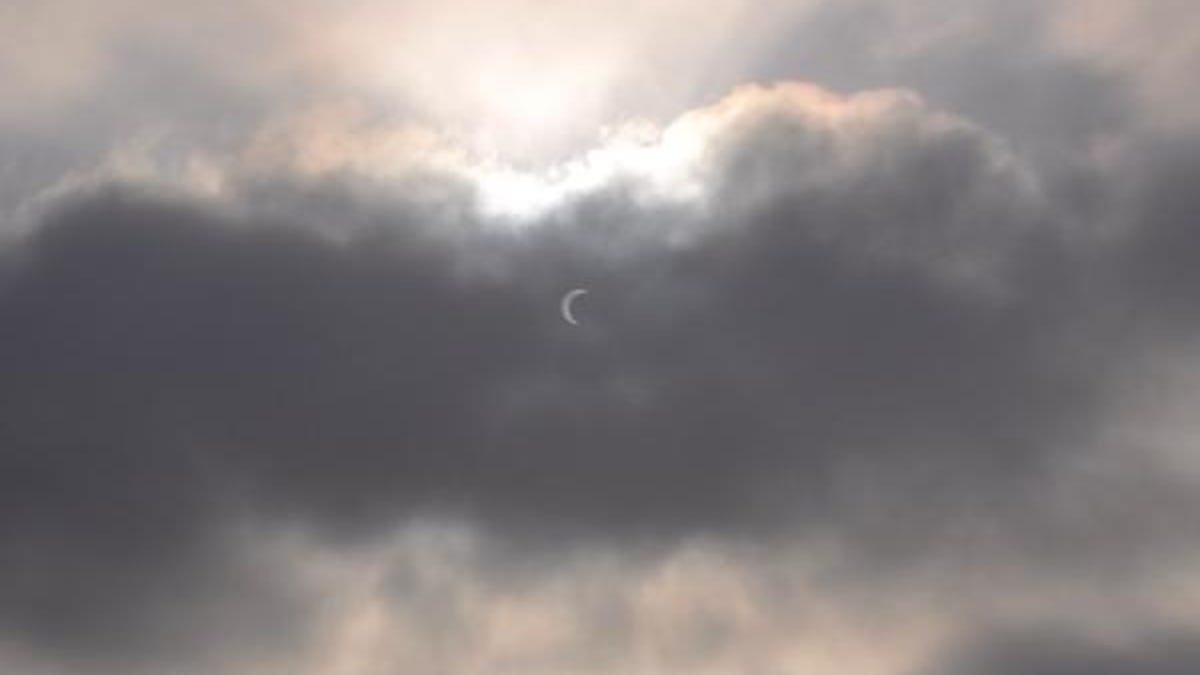Annular solar eclipse goes global, social
First annular eclipse in 18 years thrills millions in western U.S. and Southeast Asia and millions more who could only watch on social networks.

The annular solar eclipse darkened the sun and lit up social networks this evening.
Instead of completely obscuring the sun, the eclipse, which began around 5:30 p.m. PT, created a golden ring around the moon's silhouette, giving millions in the western United States and Southeast Asia front-row seats to a spectacle that hadn't been witnessed in 18 years.
While the eclipse was expected to last about 3.5 hours, the "ring of fire" phenomenon was only expected to last about 4.5 minutes, depending on location. The best viewing, weather permitting, was expected to be over southwest Oregon, Northern California, central Nevada, southern Utah, northern Arizona, New Mexico, and the Texas Panhandle.
Twitter users in those areas flocked to social networks to share their photos of the eclipse in varying stages captured with devices that ran the gamut from the most advanced cameras with optimum lenses and filters to images snapped with smartphones using tree leaves as filters and building walls as the canvas. Southern Californians worried that late-afternoon clouds would obscure their view of the eclipse were instead treated to a natural but effective filter for the event.
Hundreds of eclipse images posted to Facebook and Twitter were counted by this reporter in an unscientific effort.
The experience took some users back to the eclipse lessons learned in grammar school."I haven't done this since I was a kid," tweeted former CNET editor Bonnie Cha, posting an image captured by the light of the sun passing through a pinhole in a piece of paper and projecting on another piece of paper a proper distance away.
I haven't done this since I was a kid. #eclipse twitter.com/BonnieSCha/sta...
— Bonnie Cha (@BonnieSCha) May 21, 2012

